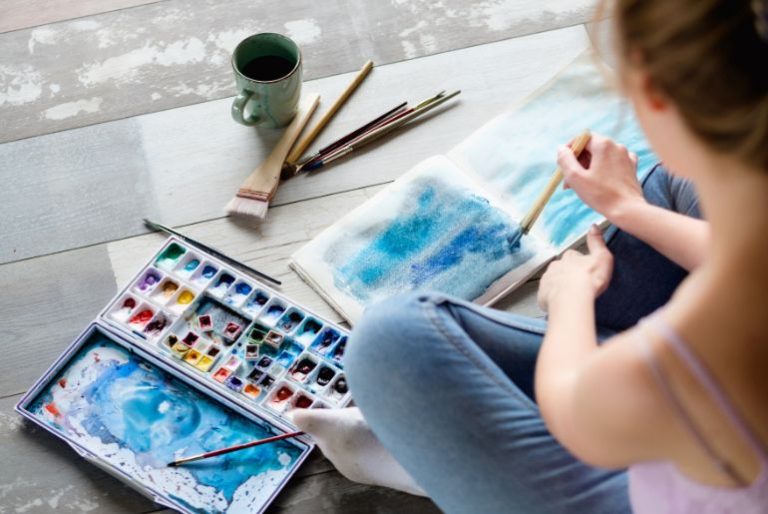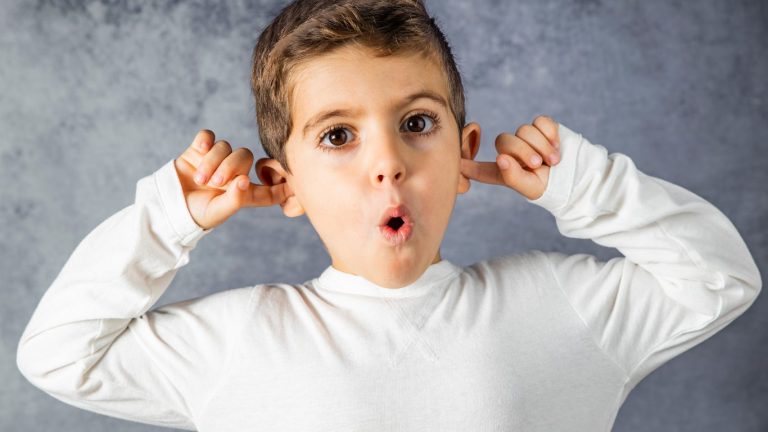At this time of year, families are entertaining their kids by painting pictures or having an impromptu dance party. While these activities are fun, art and dance movement also provide people of all ages many health benefits. This is something Dance & Arts Therapy New Zealand (DTNZ) see first hand, as they use creative art therapy to help people express themselves and enhance wellbeing.
Since 2013, DTNZ has empowered thousands of people using creative-based therapies and made a difference in the lives of many children.
DTNZ’s purpose is to support people of all ages and in all situations, they focus on supporting young people and adults with disabilities and mental health challenges, at-risk communities, and survivors of sexual abuse. This powerful form of therapy is growing in popularity and the charity reveals demand has never been as significant as it is now.
What is Creative Arts Therapy?
Creative arts therapy is a unique form of psychotherapy that integrates movement and art to enhance a person’s physical, mental, and emotional wellbeing. It recognises the incredible connection between the mind and body, and uses this to help people express themselves.
Therapists with specialised training support individuals to process their thoughts and emotions in different ways. It uses various modalities, including drawing, painting, sculpture, storytelling, drama, playing instruments, and dance, with the approach tailored to an individual’s needs and preferences.
Talking can be a significant part of treatment, and movement or art making may not be a part of every session. Most importantly, participants do not need have to have any dance skills or artistic knowledge to benefit from it.
Under the guidance of their therapist, a person engages in creative activities in a way that allows them to express themselves and develop a deeper understanding of their emotions and experiences.
The Benefits of Creative Arts Therapy for Children
It is widely accepted that creative-based therapies enable people to explore and express themselves, and research shows this is especially helpful for young people. This is because they may not have the vocabulary to describe something, and creativity helps bring out subconscious material.
Creative arts therapy can benefit a child’s development in the following ways:
- aid communication as they learn verbal and non-verbal language
- stimulate cognitive function such as memory and problem-solving
- develop tools to improve their mental wellbeing and manage their emotions
- improve social skills through interaction, collaboration, and boundary setting
- foster a sense of identity, self-esteem, and confidence
- reduce stress and promote relaxation
- increase physical fitness and gross motor skills development
- encourage creativity and imagination
Creative-based therapy is particularly effective at managing sensory overload as children can interact with textures, colours, and sounds at a pace they feel comfortable.
DTNZ offers clinical group and individual therapy programmes throughout the country. Parents whose children have attended one of DTNZ’s programme have shared:
I’m glad this group exists. We’ve been looking for a group to join for years! But all the other options like Scouts or sports require a child to be sporty/physically coordinated/able to follow strict instructions or glean information from social interactions (my child needs social interactions and ‘normal’ situational behaviour explained to him).” – Parent, child attends Arts 4 Us
The art therapy helped him boost his self- confidence. This year, he participated in a few activities in school. He can cope better now when he makes mistakes.” – Parent, Arts 4 Us Specialty
When to Consider Creative Arts Therapy for Your Child
There are various situations when parents might want to consider creative arts therapy, as it can be a valuable tool for addressing a range of emotional and developmental challenges. Evidence shows creative arts therapy is particularly effective at helping children living with:
- Special needs and disabilities such as Autism, ADHD, Down Syndrome, and cognitive developmental delays
- Trauma and its symptoms i.e. anxiety, depression, body image, PTSD. Children who have experienced trauma or abuse may find it challenging to express their emotions verbally.
- Mental health conditions including addictions, eating disorders, anger management
- Behavioral Issues: Children exhibiting behavioral issues, such as aggression or withdrawal, may benefit from dance and arts therapy. It helps them explore alternative ways of expressing themselves and develop healthy coping mechanisms.
- LGBTQIA+ including exploration of identity, acceptance in relationships, self-expression
- Poverty and proximity to violence and gang-affiliation
Creative arts therapy offers a safe and welcoming environment for children to recognise, process and communicate their thoughts and feelings.
The creative expression involved can function as a distraction from everyday life, helps alleviate stress, and provides a positive outlet for emotional release. This is particularly beneficial for children dealing with anxiety or hyperactivity.
Tips for Parents to Add Creative Art and Movement at Home
Adding art and movement into your child’s life can boost their wellbeing, and even help you too. Here’s DTNZ’s tips on how you can do this at home:
- Encourage your child to draw/paint how they feel using different colours, shapes and images
- Stand together, and move your arms around so you can feel the breeze and release some energy
- Get your child to take pictures of things they find interesting using your phone or a camera
- Find a collaborative art project for you to work on together to create a shared experience
- Dance together to the rhythm of their favourite song
- Ask your child to make something for one of their friends using their favourite colours and
- Go outside together and wriggle your toes in the sand/ground. Get them to explain what it feels like.
- Keep learning by reading our article on the benefits of creative play.
At the end of an activity, take a moment to reflect with your child. Ask your child relevant questions to the activity to get them to share their emotions such as how did they feel? What did they like about the activity? Why did they use the colours/focus on the objects they did?
It’s really important to foster a non-judgmental environment, so your child feels comfortable sharing their thoughts with you, and they enjoy the process.
If you want to try creative arts therapy, Dance & Arts Therapy New Zealand offers individual and group therapy throughout the country including programmes for young people with physical and intellectual disability and bespoke options for schools.
You can learn more at www.dancetherapy.co.nz.






